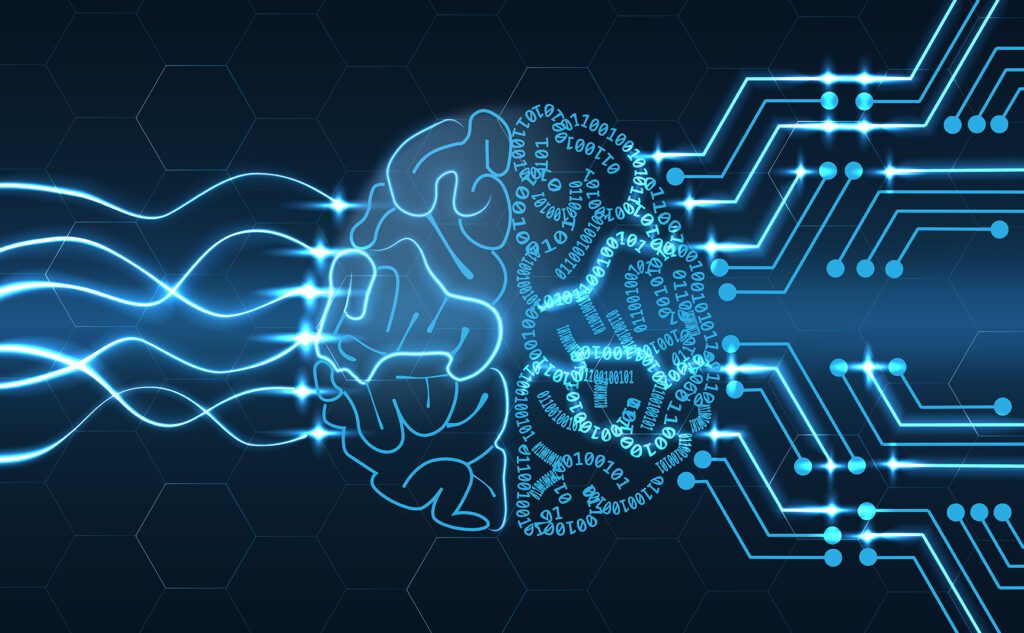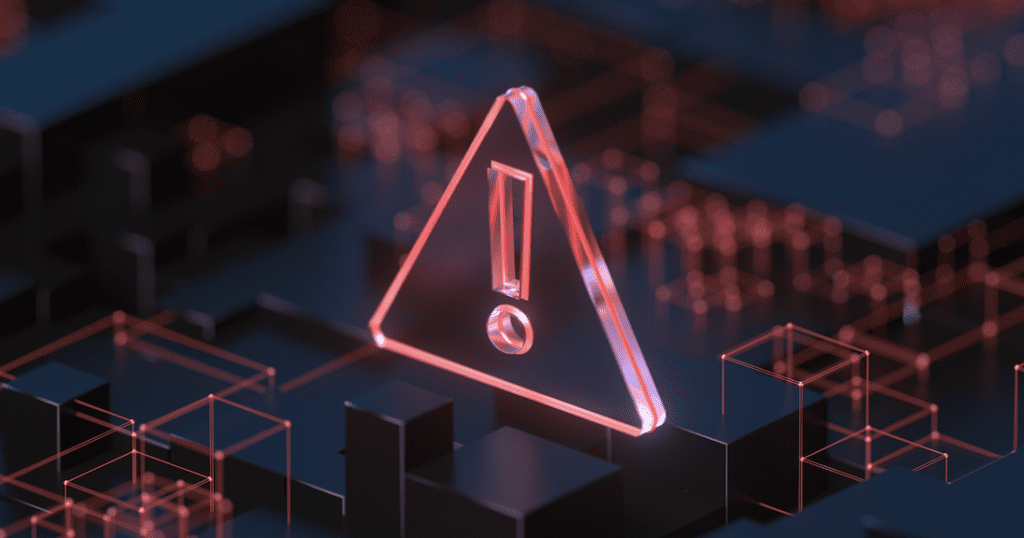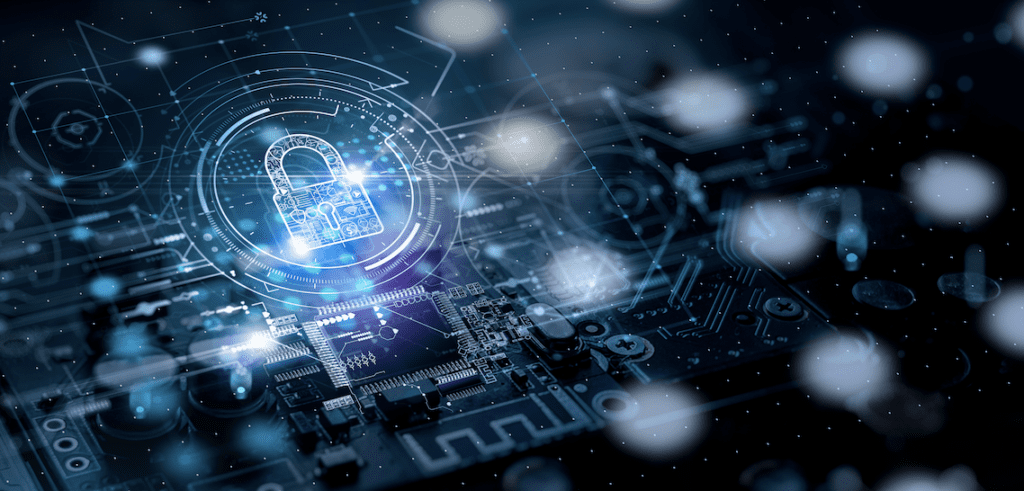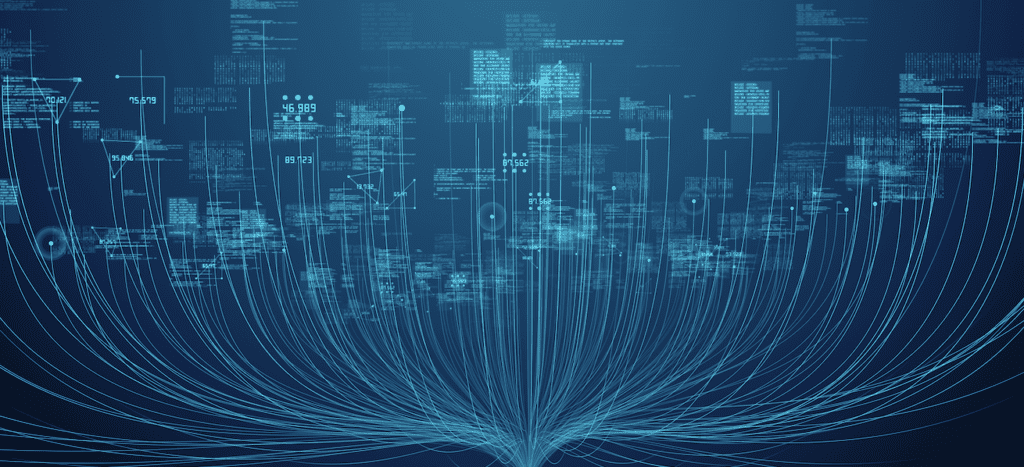Mixmode Blog
Lorem ipsum dolor sit amet, consectetur adipiscing elit.
Gartner Security & Risk Management Summit 2023 Recap
One of the key predictions is that by 2027, 50% of chief information security officers (CISOs) will adopt human-centric design practices in their cybersecurity programs to minimize operational friction and maximize control adoption. This approach focuses on designing security controls around individuals rather than technology or threats. It recognizes that employees play a crucial role in cybersecurity and aims to reduce the likelihood of risky behavior.
Read MoreUnderstanding and Implementing Biden’s National Cybersecurity Strategy
The Biden-Harris Administration has released the National Cybersecurity Strategy Implementation Plan (NCSIP), outlining its commitment to improving cybersecurity in America. The plan focuses on two primary shifts: allocating more responsibility for mitigating cyber risk to capable entities in the public and private sectors and increasing incentives for long-term investments in cybersecurity.
Read MoreForbes Technology Council: Why Large Language Models (LLMs) Alone Won’t Save Cybersecurity
The star of the moment is Large Language Models (aka LLMs), the foundational model that powers ChatGPT. There are plenty of documented examples of truly impressive feats built on this technology: writing reports or outputting code in seconds. At its core, LLMs basically ingest A LOT of text (e.g., think Internet) as a corpus of training data and rely on human feedback in a type of supervised training called reinforcement learning.
Read MoreeBook: The Inefficiencies of Legacy Tools – Why SIEMs Alone Are Ineffective At Detecting Advanced Attacks
Relying solely on legacy Security Information and Event Management (SIEM) technology is no longer sufficient to protect enterprise organizations from the rising amount of modern, ai-developed, sophisticated cyberattacks. In our newest eBook, we examine the limitations of SIEMs and emphasize the need for an AI-driven dynamic threat detection and response platform.
Read MoreUnleashing the Power of Self-Supervised AI: Insights from 451 Research Report on MixMode’s Dynamic Threat Detection and Response
In an era where cyber threats are becoming increasingly sophisticated, it is crucial for organizations to stay ahead of attacks. By leveraging the power of self-supervised AI, MixMode offers a game-changing solution that can revolutionize threat detection and response capabilities.
Read MoreVerizon’s Annual Data Breach Incident Report (DBIR) Shines Spotlight on Ransomware Trends & Insider Threats
New research from Verizon reveals that ransomware is responsible for a sizable percentage of all recorded security incidents. Despite the alarming statistics raised in the report, the tech giant warns, we’re likely to see continued growth in the number of ransomware attacks against organizations.
Read MoreAligning an Organization’s Attack Surface to Detection Surface is Key to Adversary Defense in Today’s Cloud Era
With the Cloud Era, the IT asset estate has expanded, and there is a diverse set of attack surfaces to defend. The term “attack surface” describes the growing IT asset estate, but there is no parallel term to describe where we can detect or respond to attacker activity.
Read MoreDetecting Threats in AWS with MixMode AI
As organizations increasingly operate within a hybrid on-premises and cloud environment, the need for advanced threat detection mechanisms becomes vital. Today I explore how The MixMode Platform leverages AWS CloudTrail and VPC flow logs to detect threats and safeguard your AWS environment.
Read MoreTop 5 Takeaways from the CISA 2023-2025 Strategic Plan That the Cybersecurity Community Should Know About
CISA identifies goals for the strategy as spearheading “the national effort to ensure the defense and resilience of cyberspace,” helping partners protect critical infrastructure, and supporting stronger “whole-of-nation operational collaboration and information sharing.” The strategy also outlines internal CISA goals focused on unification within the agency.
Read More









